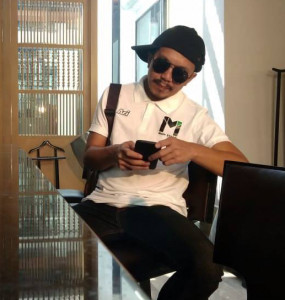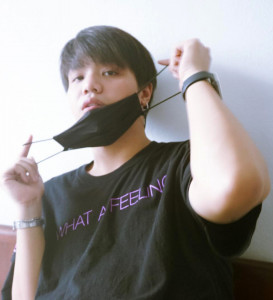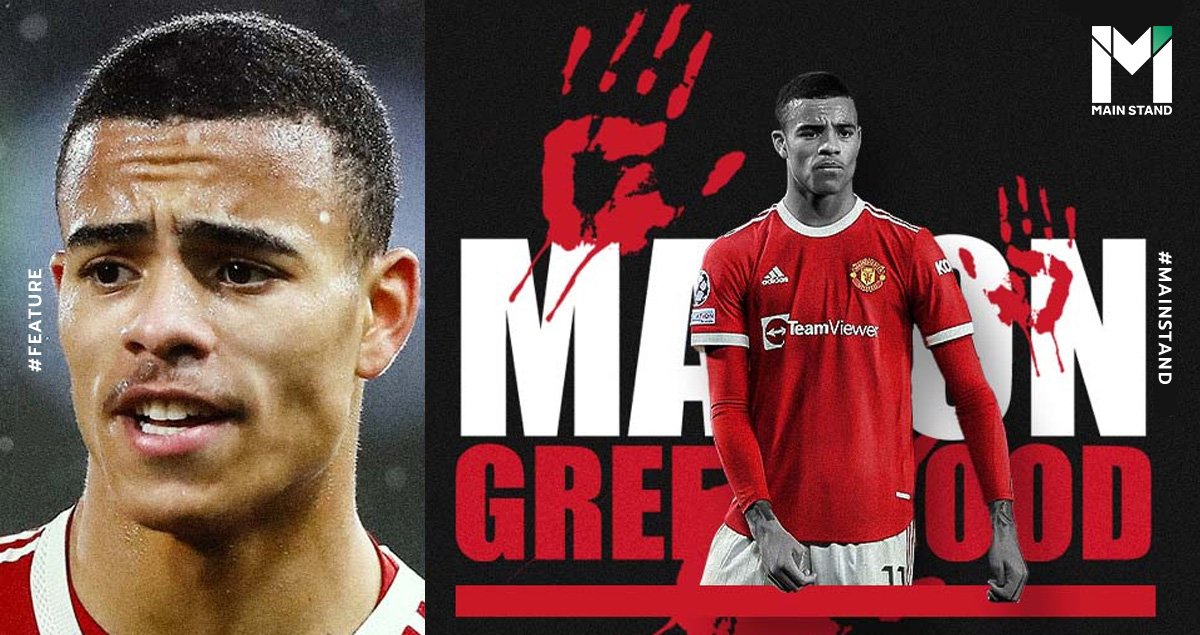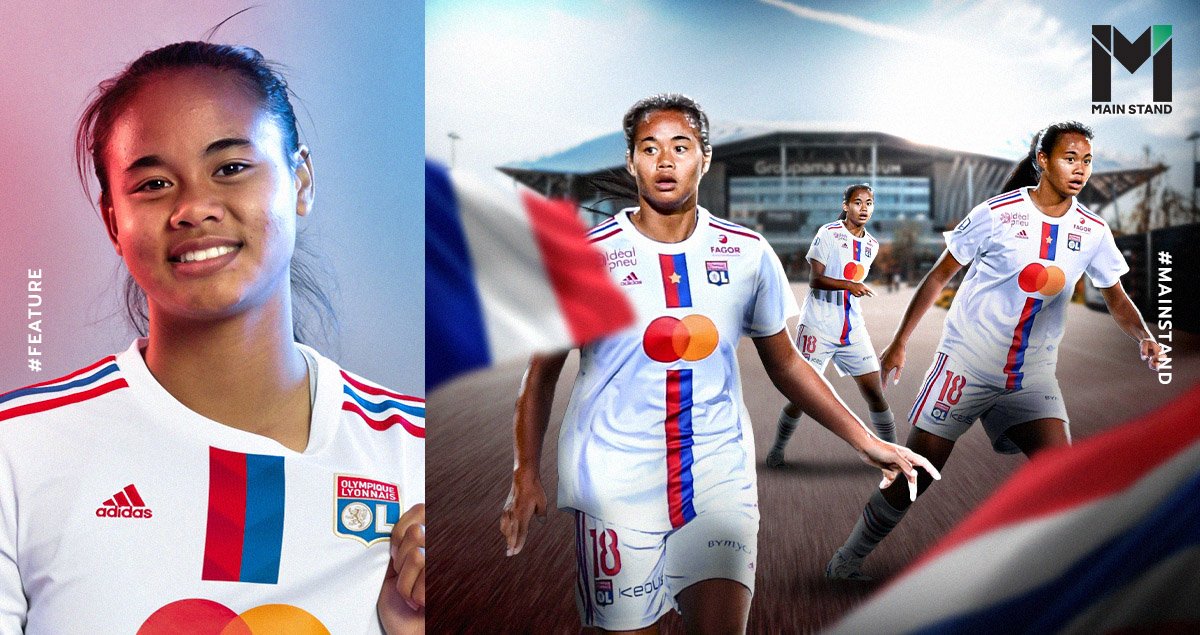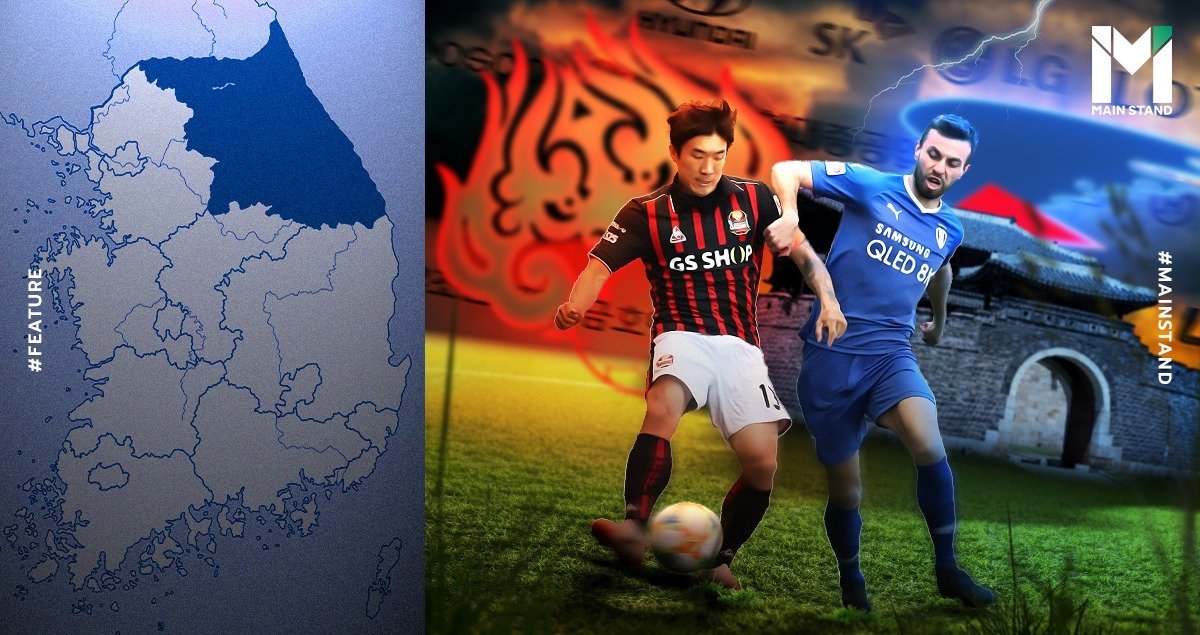
For hundreds of years, the theory or practice of regionalism has always been rooted in football fans. The ideology is instrumental in uniting people in a region, offering them a sense of pride to engage them with the saying: "This is our team."
A perfect example in the statement above is with the people of Greater Manchester, where they take pride in Manchester United. Another example is how Athletic Bilbao unite people in the Basque Country of Spain.
The concept of regionalism can drive two clubs in given regions, like Liverpool against Manchester United, Real Sociedad against Athletic Bilbao, or countless infuriating Derby matches.
In Asia, this derby is held when Gamba Osaka take on Urawa Red Diamonds, where the battle is between two major Japanese regions: Kansai and Kanto.
Even in Indonesia, the most ferocious match in ASEAN, Persija Jakarta against Persib Bandung, is a war between the capital and Jawa.
In South Korea, on the contrary, the sense of regionalism is not engaged with football. Despite long-standing football history, progress, and solid domestic leagues, regionalism is absent in South Korea.
Let's delve deeper into this article with Main Stand and find out why regionalism does not thrive in South Korean football.
Opting for the franchise format
The K-League system differs from other Asian leagues, as the American Games franchise format is employed, owing to people's "familiarity" with the American system since the tragic split between South Korea and North Korea at the 38th parallel.
Football and other participatory sports in South Korea adhere to the American system.
The franchise format deals with empowerment to start a football team from the K League governing body, which allows anyone interested in owning a team to purchase any team at a high price. This is also to ensure that there will be no financial crises leading to bankruptcy.
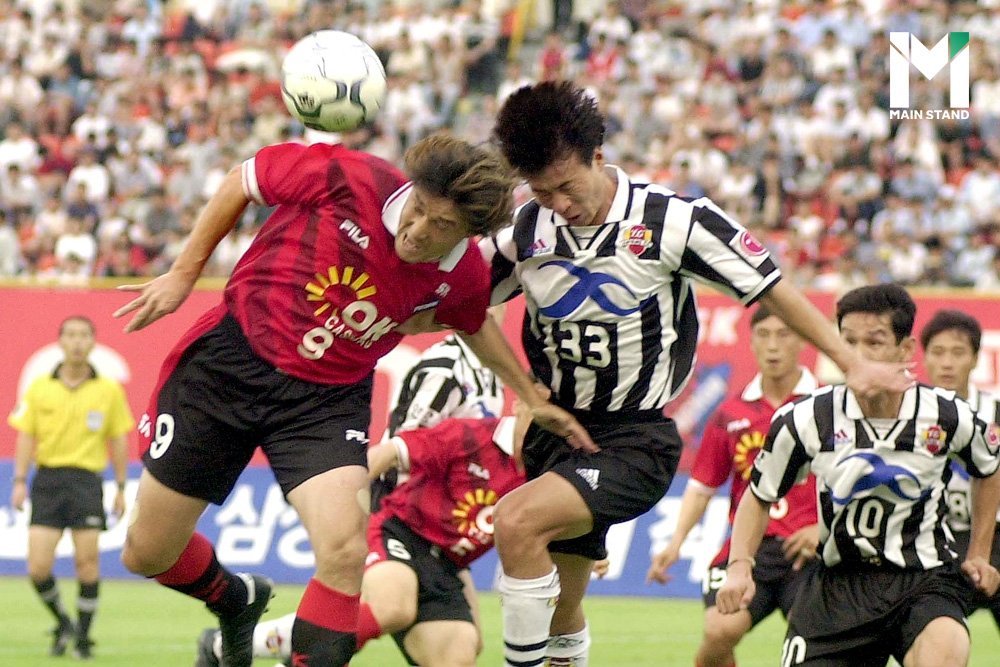
Sure enough, a wealth clique called "chaebols," a predominant business conglomerate system that aims at South Korea's economic development can afford the ownership.
Considering all the initial six clubs formed at the inception of the K League, there are three remaining teams: Daewoo Royals, Yukong Elephants, and POSCO FC. The three sides are controlled by companies in the chaebol clique, Daewoo, SK Group's SK Energy, and POSCO.
Although the three rebranded themselves to Busan IPark, Jeju United, and Pohang Steelers, the owners are the same old corporate entities.
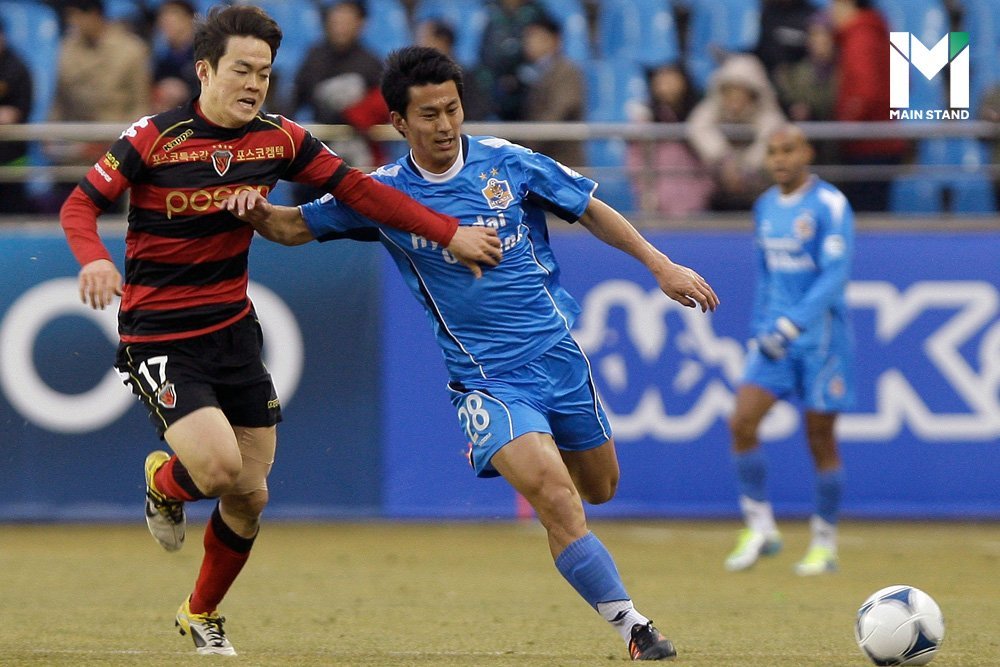
Later, the K League granted more ownership to expand the number of football sides, and these chaebol companies purchased more.
It is evident when Hyundai purchased two ownerships for Chonbuk Dinos, known as Jeonbuk Hyundai Motors, and Hyundai Horang-i, known as Ulsan Hyundai.
Lucky-Goldstar or LG was empowered to own Lucky-Goldstar Hwangso, currently known as FC Seoul. And POSCO bought another team: Chunnam Dragons.
Afterward, Samsung Electronics purchased the ownership to establish Samsung Bluewings in 1996.
In the 2022 season, only five teams out of 12 are run by local governments: Daegu FC, Gangwon FC, Incheon United, Seongnam FC, and Suwon FC. The other seven teams are company-owned and operated.

Beyond that, these football clubs do not integrate themselves with the local communities. Simply put, a team is not community-centric as they are located wherever its owner determines, meaning that local fans play an insignificant role in the team.
If the team's establishment in a neighborhood fails to gain fans or spectators and the team's products are not well-received, the owner can relocate the team to another city anytime. Also, if the K League views the ownership as on the ropes, the owner is allowed to sell the club rights, and the K League can retrieve the license.
This is common in American sports. For example, the American football team Los Angeles Rams were once situated in Cleveland, Los Angeles, Saint Louis, and Los Angeles again. Likewise, the Los Angeles Clippers were in Buffalo, San Diego, and Los Angeles. Not to mention, Chivas USA even sold the ownership.
Based on the above, is it possible to increase regionalism in South Korea?
Corporate-owned football clubs work
It is irrefutable that chaebols are wealthy, financially stable, and close-knit, so the K League, with no hesitation, empowers their football clubs' ownership. Indeed, it is because chaebol "organizations" have long been among people and associated with football.
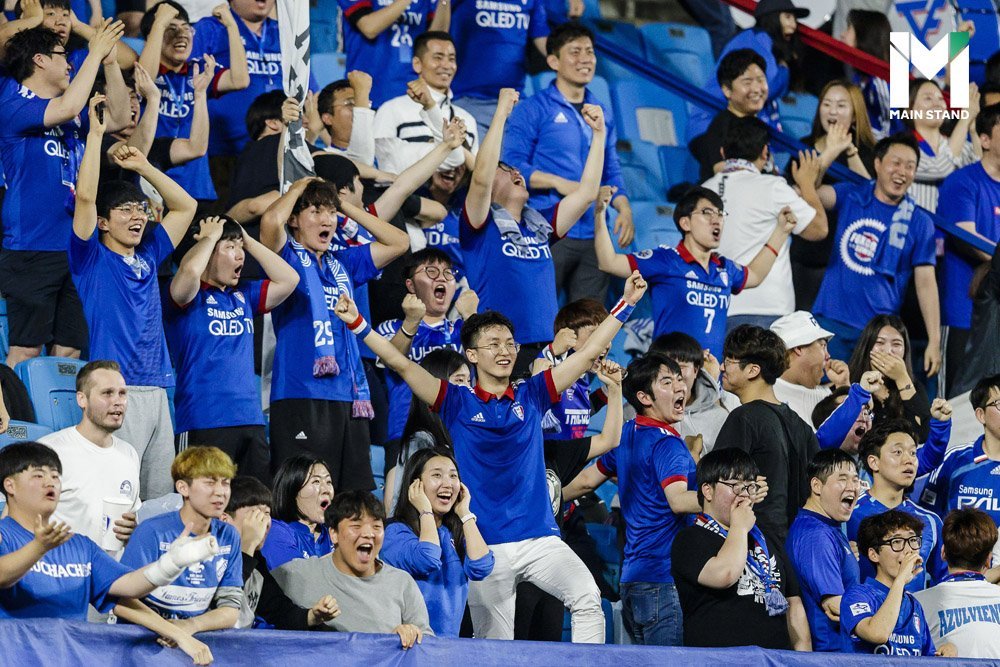
Back in 1961-1979, during dictator Park Chung Hee's tenure, South Korea held onto the state-led model to run the country, yielding interest for chaebols which provided conglomerates with financial aid. The model aimed at exporting to create value-added industrial jobs for people in the country, preventing them from making ends meet with modest income from agricultural employment.
With new channels to earn a living and gain a higher socioeconomic status quo, many people moved into the capital or major cities to work in the industrial sector in the hope of working for chaebols.
Notably, the government urged people in the countryside to flock to work in the city under the industrial warrior campaign. As a result, people in the industrial sector played a crucial role in boosting the domestic economy. The government even fed people with propaganda that the country could not survive without this group of people. As chaebols put total effort into moving the country forward, people are undoubtedly loyal to the structure.
Industrial jobs are highly stable. The centralized chaebol structure is backed by the government and does not compete against any groups.
Besides, the group has enough potential to compete against international companies. Therefore, not only do laborers choose to work in the industrial sector, but also those with bachelor's, master's, or even doctoral degrees.
Likewise, today many are interested in studying engineering, applied science, or technology to serve as highly educated industrial warriors.
Considering all this, people in South Korea assimilate the characteristics of chaebols. They don't view chaebol merely as an organization but as an identity of South Korea.
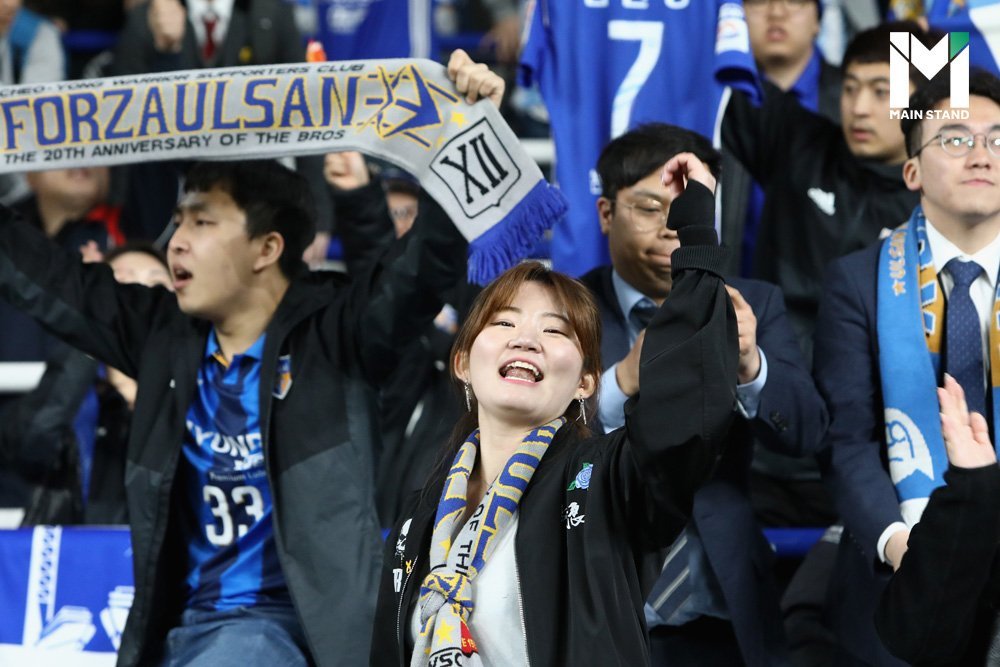
The chaebol structure offers people in the country jobs and high GDP and helps the country out of poverty. The clique is so crucial to the nation that it's called the "Miracle on the Han River."
Even the country's macroeconomics depends on chaebols; when chaebols prosper, the country flourishes. But, conversely, the impact is felt across the country when chaebols suffer from stagnant growth.
This is why people are not against the existence and role of chaebols in the K League. Moreover, each team has a multitude of spectators and fans.
In the 2021 season, FC Seoul had over 10,000 spectators, while Jeonbuk Hyundai Motors and Ulsan Hyundai had around 5,000 spectators on average. Even Gimcheon Sangmu has up to 3,000 spectators, which is acceptable in today's South Korean football.
Nationalism plays a leading role
It would be best if you considered something bigger which bars regionalism from thriving in South Korea's football: nationalism.
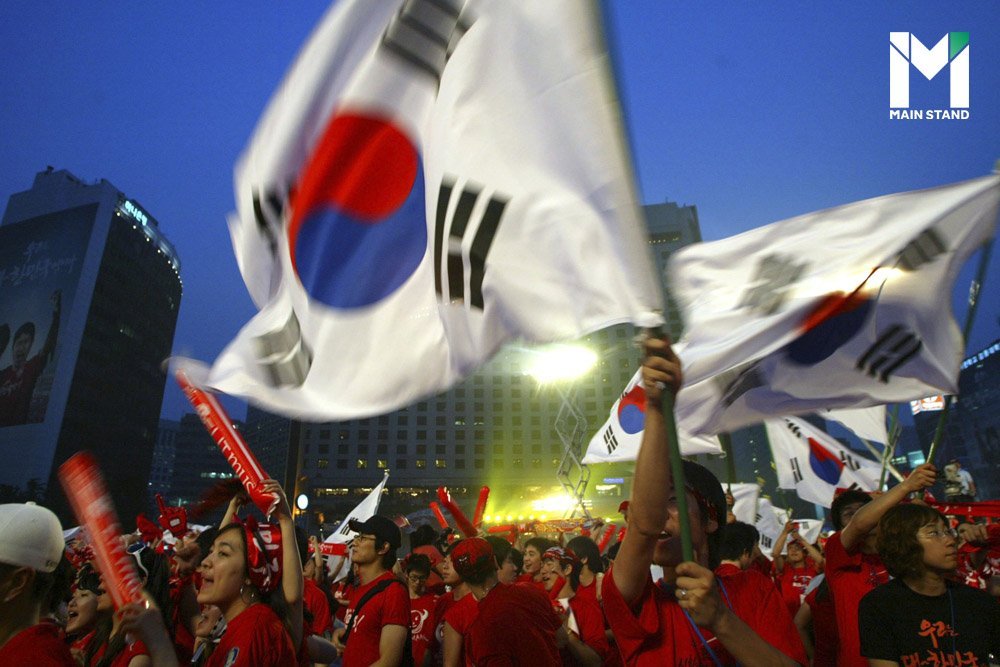
People dressed in red are ubiquitous in South Korea, whether on the streets, Sangam Stadium, or Seoul World Cup Stadium, which is Taegeuk Warriors' home (South Korea national footballers' nickname).
Whenever the national team makes their appearance on the pitch, all fans join hands in yelling 'daehanmingug paiting' (meaning Korea Fighting), a chant that encompasses South Korean people's power and passion, to encourage their beloved Reds.
Whether EAFF Cup, Asian Cup, World Cup, or friendlies, supporters of all ages will fill the Seoul Plaza, as seen in 2002 when South Korea co-hosted the FIFA World Cup with Japan.
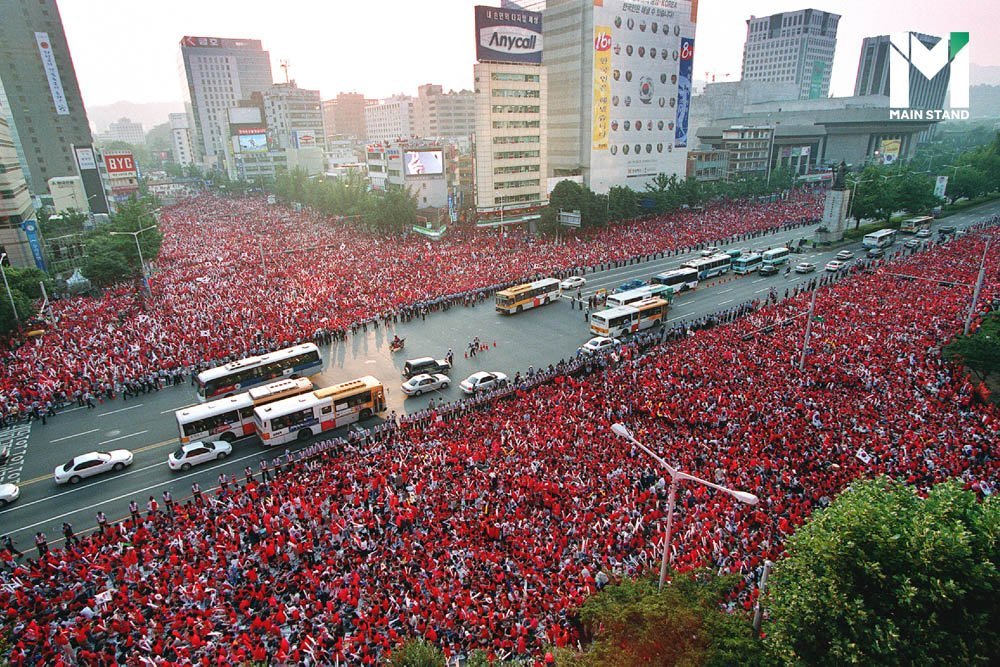
South Korea's performance led them to a historic fourth-place finish in the tournament. However, despite questions over its performance, people took more pride in their home country, strengthening the idea of nationalism that has long been embedded across the nation.
This clearly shows to what extent and why sheer nationalism prevails over regionalism. People in South Korea give top priority to the nation. Instead, they don't buy the notion of regionalism which could result in conflicts among them.
Football is football, whether big or small
Based on the evidence above, regionalism is marginalized in South Korea's football, thanks to its homogeneous culture. Even so, it doesn't mean regionalism is impossible in South Korea.
From the 2000s onwards, the K League has promoted regionalism in football, which was successful in community-owned Daejeon Citizen and Daegu FC, managed by the Daejeon Council and the Daegu Council, respectively.
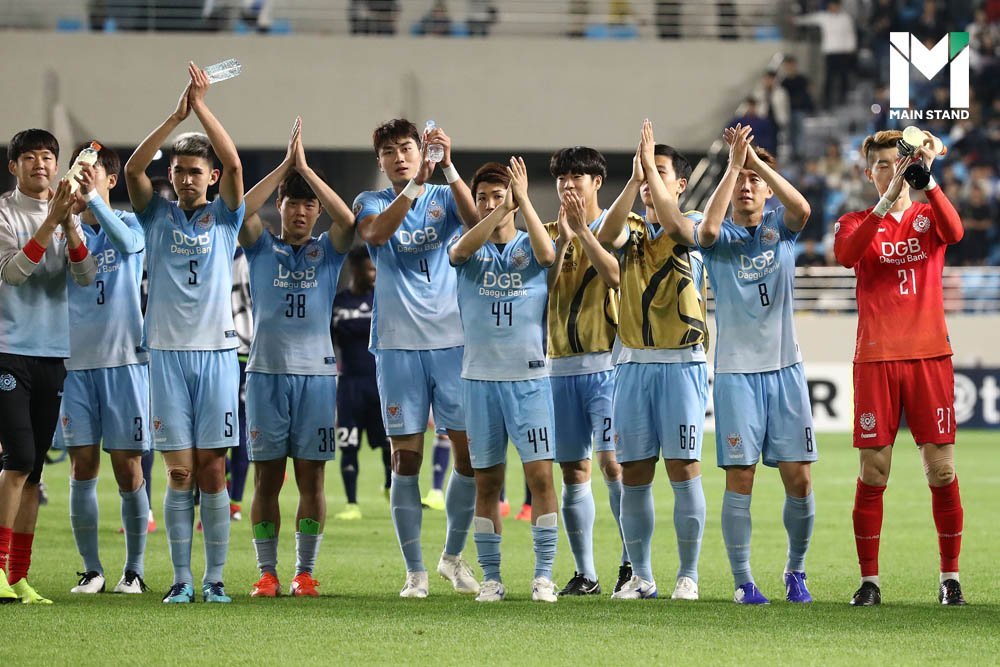
The K League also allows citizens in specific cities to own a share of a club. At the regional level, Gyeongnam FC is the first provincial club that enables citizens in South Gyeongsang to co-own the club.
This helps build a sense of integration into the club, making people feel the football club represents their city, province, or region.
Even the most extensive team, such as the military team Sangmu FC, owned by the Korea Armed Forces Athletic Corps, was renamed Gimcheon Sangmu after co-owning the club with Gimcheon Council.
This is an innovative way of running a football club in South Korea. Also, Gimcheon is in North Gyeongsang, where no football clubs were based before, so the club might gain fans from this region.
Although football in South Korea is not fast-growing, regionalism might someday play a crucial role.
Sources:
Football Goes East: Business, Culture and the People's Game in China, Japan and South Korea
Korea: The Impossible Country: South Korea's Amazing Rise from the Ashes: The Inside Story of an Economic, Political and Cultural Phenomenon
แรงงานเกาหลี วัฒนธรรมและการเมืองว่าด้วยการก่อตัวทางชนชั้น
พลวัตความเป็นประชาธิปไตยในเกาหลีใต้: จากอำนาจนิยมสู่ประชาธิปไตยที่มั่นคง
https://en.yna.co.kr/view/AEN20220911002500315?section=search
https://workpointtoday.com/pardons-samsung-chief-lee-jae-yong/
https://www.transfermarkt.com/k-league-1/besucherzahlen/wettbewerb/RSK1/saison_id/2021


